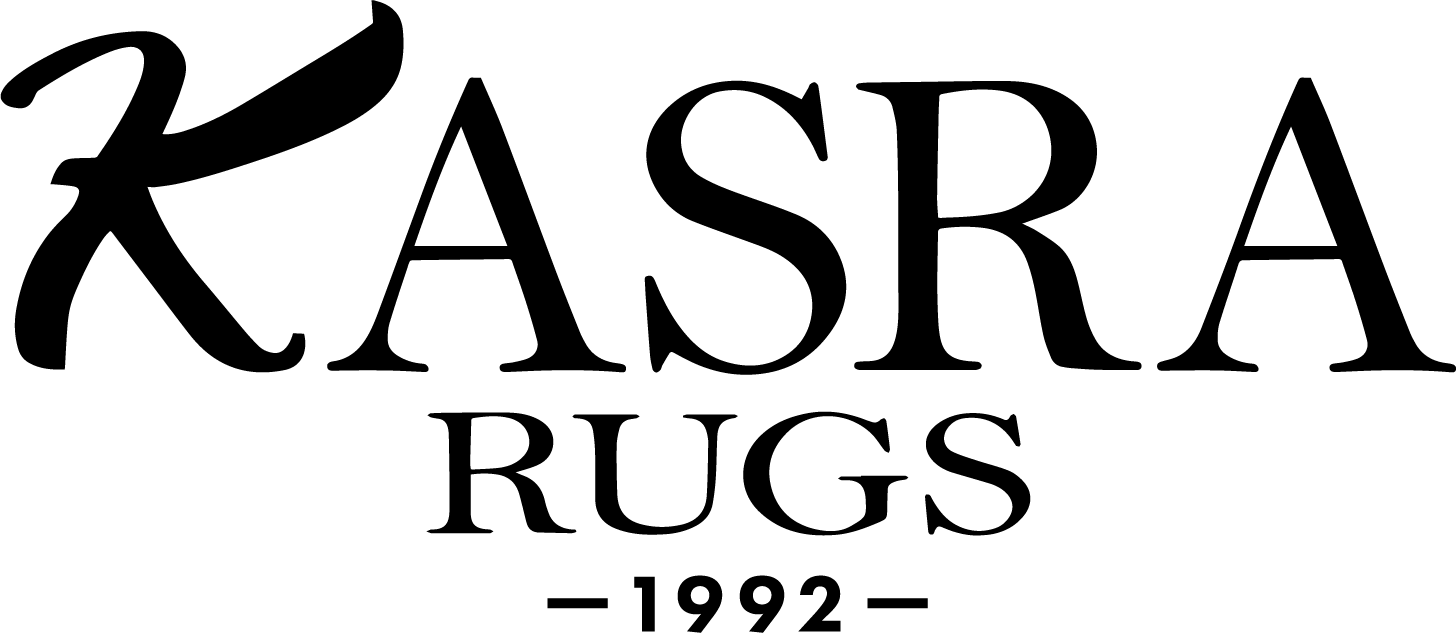Karajeh rugs come from a small village in the northwest that's well-known for its geometric patterns and stacked medallion designs. They’re part of a broader tradition of tribal weaving, but what sets Karajeh rugs apart is their use of bold, angular motifs and a strong sense of symmetry. These rugs were often woven on a smaller scale, and the detail in each piece reflects the skill of the individual weaver. This particular runner is a great example—it’s hand-knotted with wool on a cotton foundation and has stood the test of time for nearly 100 years. The colours are all natural and have aged beautifully, giving the rug a rich, mellow character that you just can’t recreate with newer dyes. It's in excellent condition, very straight, and structurally sound. This piece was built for daily life and still has plenty of life left—it can handle many years of regular foot traffic.
Have a question? Call us or chat with us on WhatsApp.
Karajeh rugs come from a small village in the northwest that's well-known for its geometric patterns and stacked medallion designs. They’re part of a broader tradition of tribal weaving, but what sets Karajeh rugs apart is their use of bold, angular motifs and a strong sense of symmetry. These rugs were often woven on a smaller scale, and the detail in each piece reflects the skill of the individual weaver. This particular runner is a great example—it’s hand-knotted with wool on a cotton foundation and has stood the test of time for nearly 100 years. The colours are all natural and have aged beautifully, giving the rug a rich, mellow character that you just can’t recreate with newer dyes. It's in excellent condition, very straight, and structurally sound. This piece was built for daily life and still has plenty of life left—it can handle many years of regular foot traffic.
Have a question? Call us or chat with us on WhatsApp.










